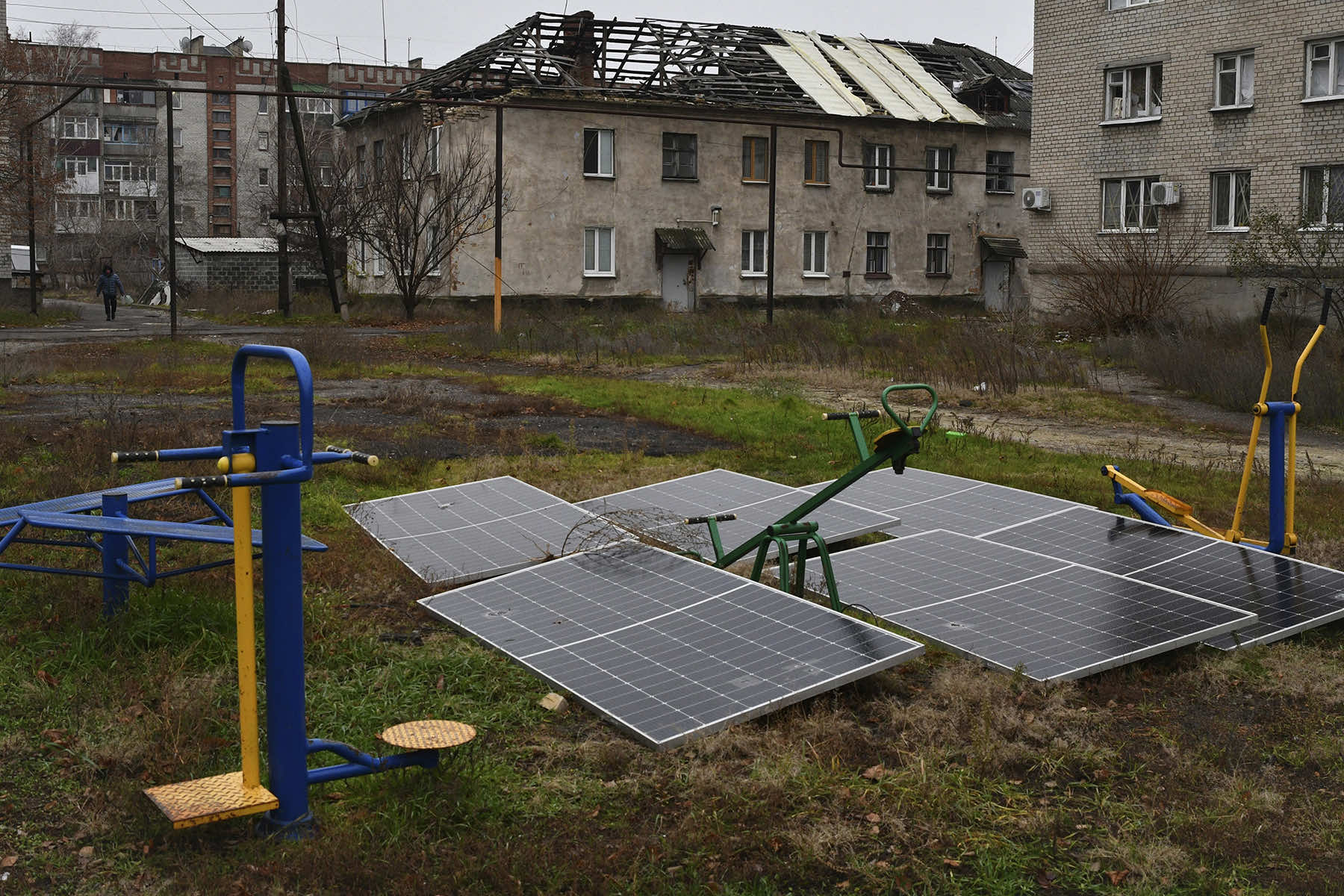Attacks on two DTEK solar farms last spring is a good example. They destroyed many solar panels and some of the transformers, which step up voltage for long distances or step it down for use in homes. Replacing the transformers and swapping out destroyed panels allowed the farms, which generate 400 megawatts, to be back up in seven days.
Timchenko said an attack on a thermal generating station, which experienced a similar amount of damage, took three to four months to rebuild.



If you took a second to read you’d find their usefulness isn’t withstanding attack, but being able to quickly deploy after an attack.
You’re acting as if there’s some magical form of energy generation that is impervious to modern munitions.
I’ll write it again then: of what use is rebuilding a small scale insular install if your grid is down, and can’t get up because your power plants and high voltage transformers are toast? You industry can’t operate, that’s the whole point of this exercise. The residents and small businesses can survive on small generators, and they do.
Before engaging sarcasm try finding out whether the tree you’re barking up is in the right forest.
You just don’t understand how the grid works especially with decentralized power.
The grid doesn’t work with pure renewable without month-scale storage. Decentralized has nothing to do with it. Most industrial production processes require 24/7/365 power availability. For obvious reasons not many such are still in operation there, despite aggressive load shedding.